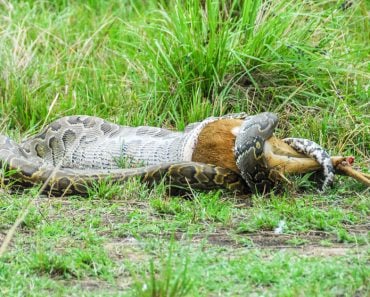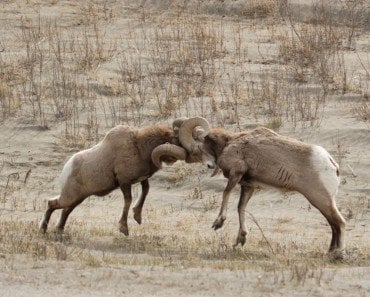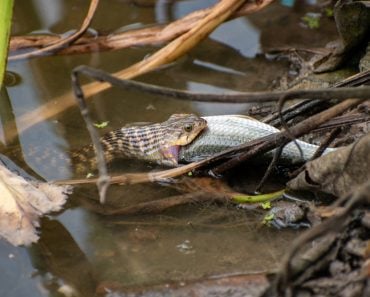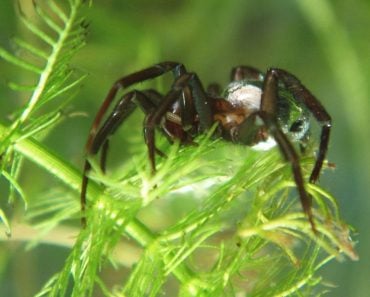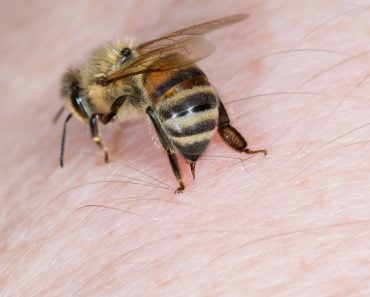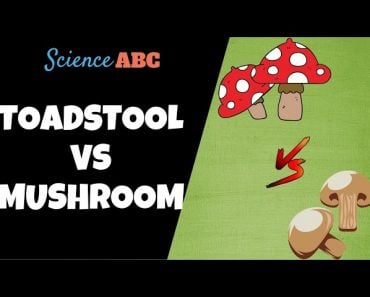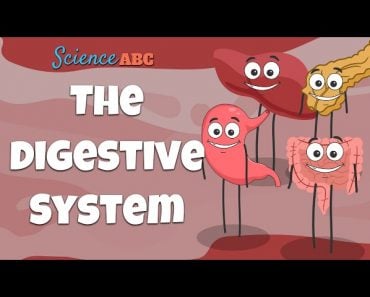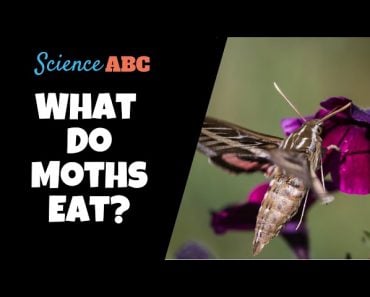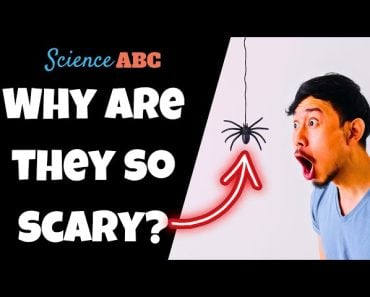Table of Contents (click to expand)
The main difference between venom and poison is that venom must be injected into the bloodstream of a victim in order to be lethal, while poison has lethal characteristics when its ingested.
While venom must be injected into the bloodstream of a victim in order to be lethal, poison has lethal characteristics when its ingested. That’s the basic and most important difference between venom and poison.
In the wild, every animal is either a predator waiting to kill another animal, or prey, doing its best not to become another beast’s dinner. There’s nothing personal about this; it’s just the good old food chain doing its thing.
But even among the hordes of wild animals living in the wilderness, some do stand out. For instance, consider a venomous snake. A predator of that snake doesn’t need to just hunt it down, but must also be cautious while eating it, as a snake is filled with venom.
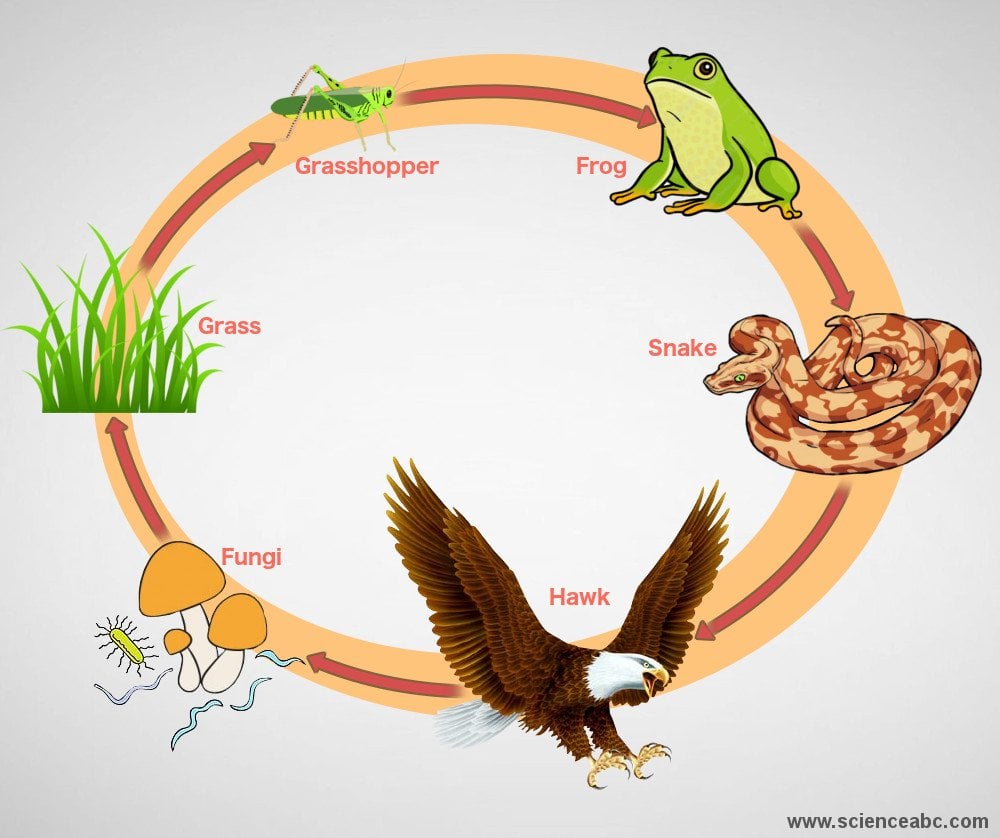
So, how does this work? How do predators eat animals that are venomous? What happens when they eat body parts that contain large doses of venom, such as the tail of a scorpion or the head of a snake?
However, before we get to that, it helps to understand the basic difference between venom and poison.
Recommended Video for you:
Poison Vs Venom
People often use the term ‘poison’ and ‘venom’ interchangeably, which is not actually accurate.
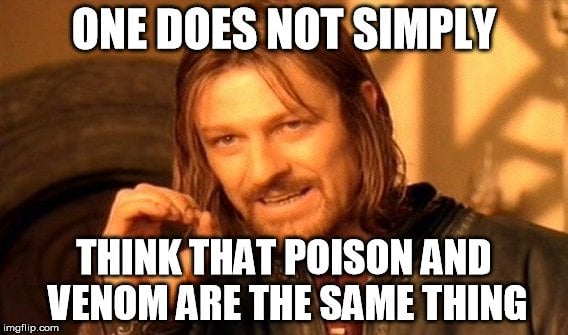
While venom must be injected into the bloodstream of a victim in order to be lethal, poison has lethal characteristics when its ingested. That’s the basic and most important difference between venom and poison.
A poisonous animal (e.g., a dart frog) can be deadly when its poison is ingested in some way. Thus, if you swallow, inhale or touch something and subsequently become sick, it can be said that you have been poisoned. On the other hand, venomous animals (e.g., snake, scorpion etc.) can only hurt their victims with their venom if they sting or bite them, thereby actively injecting their venom under the skin of their victim. From there, the poison finds its way into their bloodstream and becomes lethal, or even fatal.
This meme will help you remember how to differentiate between poisonous and venomous creatures.
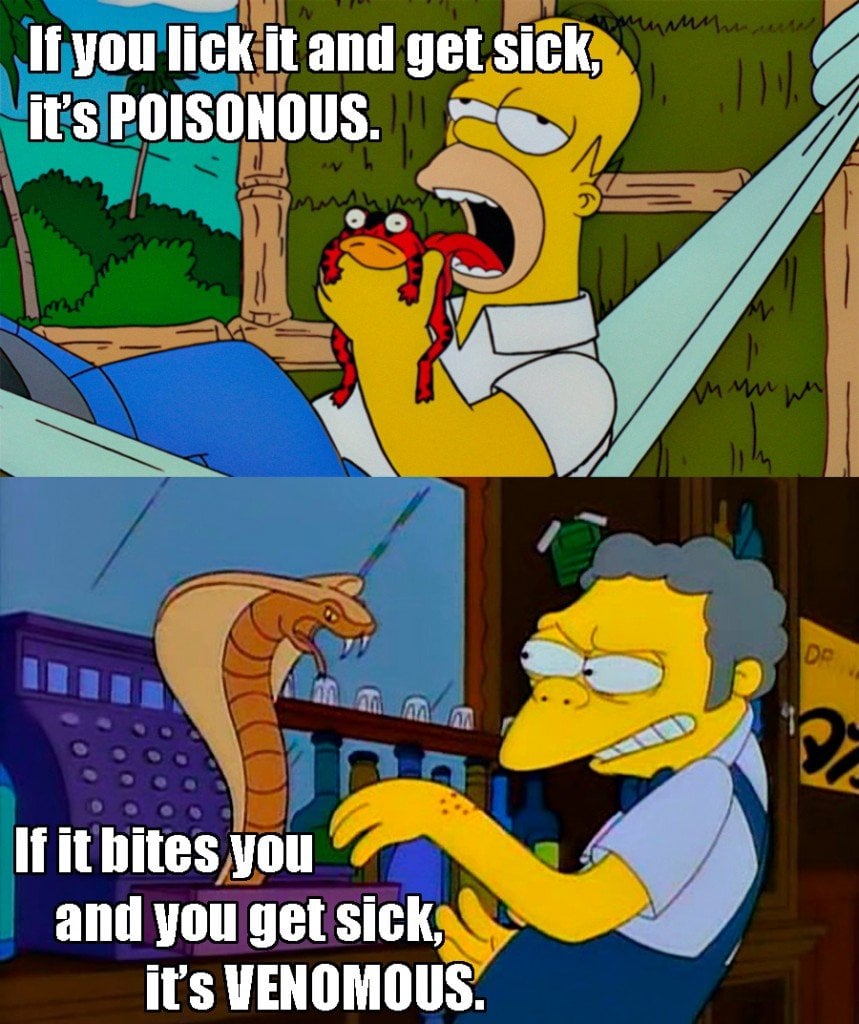
Now that we have a basic understanding of venoms and poisons, let’s move on to the next question, i.e., how do predators survive eating venomous animals, like snakes?
Also Read: Can A Snake Die From Biting Itself?
Predators Are Clever
All predators show a certain level of discreteness when it comes to feeding on their prey. Firstly, predators generally understand their prey’s body well enough to know what parts to eat and what parts to avoid. For instance, meerkats nip the stingers off of scorpions and get rid of them, then proceed to eat their edible parts.
Also Read: Why Does Snake Venom Kill Humans, But Not The Snake That Is Filled With Venom?
Mouth – The First Line Of Defense
The first line of defense for a predator is its mouth. After killing its prey, a predator begins feeding on it; if its lips burn, then it won’t swallow the foods, thereby preventing the risk of ingesting something potentially dangerous. There are also taste buds, which lets the predator know whether it would be safe to swallow something.
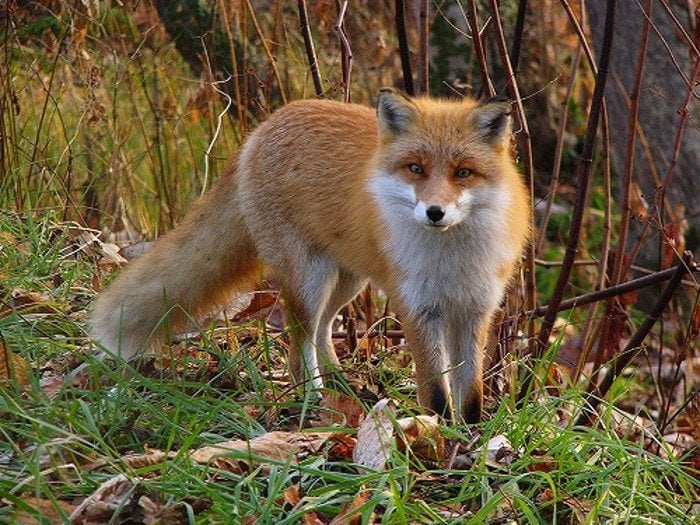
In addition to that, the saliva of these predators does a great job at breaking down food into smaller pieces, while the enzymes and white blood cells present in the saliva somewhat ‘clean’ the food of its harmful constituents.
Stomach Acid
Once the ingested food item reaches the stomach, the stomach acid (or gastric acid) does its work. The stomach is home to strong acids, enzymes and a considerable amount of heat, all of which do a fantastic job at ‘denaturing’ venomous proteins. Snake venom, for instance, is primarily composed of proteins, the vast majority of which are broken down in the stomach, just like the proteins found in meat and beans.
When I say that the venom proteins are ‘denatured’ in the stomach, it simply means that the shape of those proteins has changed; therefore, they don’t react with stuff the same way that they’re supposed to.
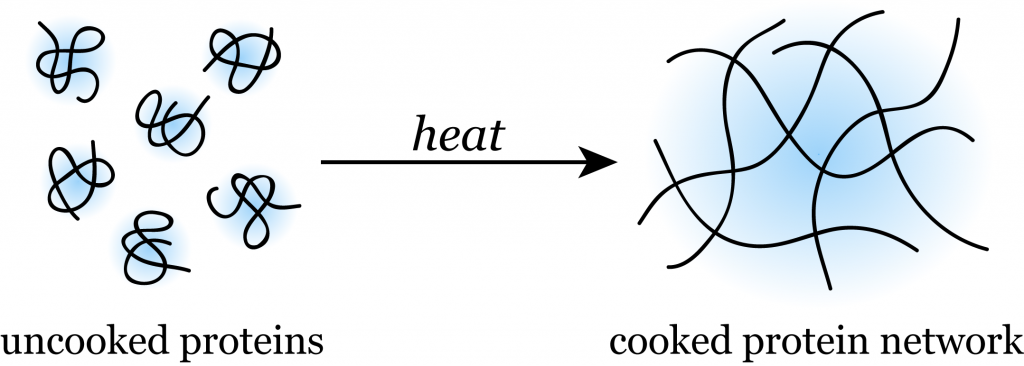
Thus, a snake predator, say, a hawk, doesn’t really have to worry too much about the ingested head of the snake killing it, because the venom of the snake was ingested by the eagle. If, however, the snake bites the hawk (thereby injecting its venom into the hawk’s bloodstream), then the latter would face some serious survival issues.
Think of the whole thing this way: venom is a square box, the bloodstream (of the victim) is a square hole, and the stomach is a circular hole. While the square box (venom) can certainly enter the square hole (bloodstream), it cannot pass through a circular hole (stomach) because it’s not designed to do so.
References (click to expand)
- Venomous Snake FAQs - UF Wildlife Home. University of Florida
- Poisonous and Venomous Snakes. Loyola University New Orleans
- Rattlesnakes - Arizona Poison and Drug Information Center. azpoison.com
- Nelsen, D. R., Nisani, Z., Cooper, A. M., Fox, G. A., Gren, E. C. K., Corbit, A. G., & Hayes, W. K. (2013, September 17). Poisons, toxungens, and venoms: redefining and classifying toxic biological secretions and the organisms that employ them. Biological Reviews. Wiley.

